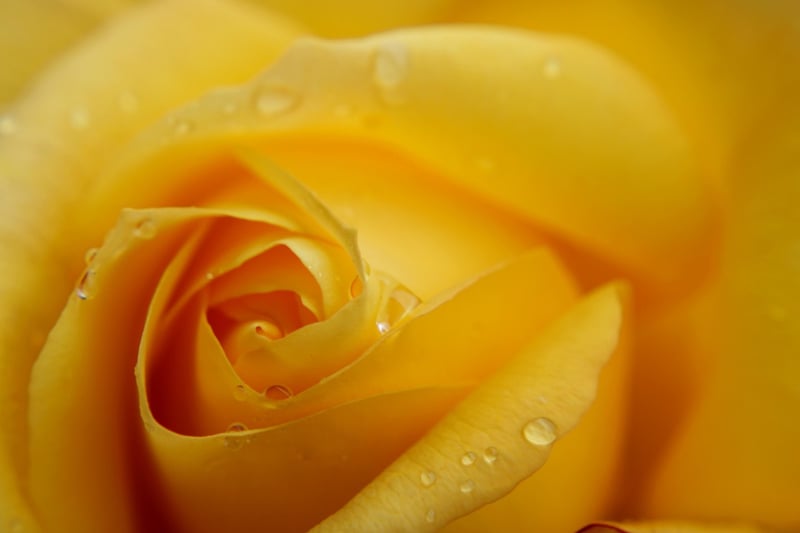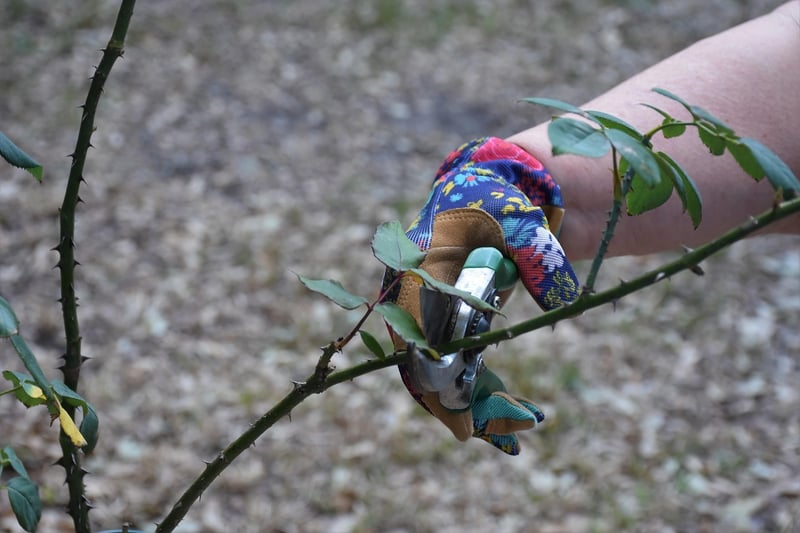Pruning Techniques
Essential Plant Maintenance and Pruning Techniques
Proper plant maintenance is crucial to ensure the health and vigor of your garden. Regular care and pruning not only enhance the aesthetic appeal but also promote growth and minimize the risk of diseases. Here are some essential tips and techniques to help you maintain your plants effectively.
1. Regular Watering
Watering is essential for plant health. Ensure your plants receive an adequate amount of water, especially during dry spells. However, be cautious not to overwater, as it can lead to root rot.
2. Adequate Sunlight
Most plants require sufficient sunlight to thrive. Be mindful of the sunlight requirements of each plant species in your garden and ensure they are placed in appropriate locations.
3. Soil Care
Healthy soil is the foundation of a thriving garden. Regularly check the soil quality, pH levels, and drainage to ensure optimal growing conditions for your plants.
4. Pruning Techniques
Pruning is a vital aspect of plant maintenance that involves the selective removal of parts of a plant to improve its structure, health, or aesthetics. Here are some common pruning techniques:
a. Deadheading
Remove dead or faded flowers to encourage new growth and prolong blooming periods.
b. Thinning
Thin out crowded branches to improve air circulation and sunlight penetration, reducing the risk of diseases.
c. Heading Back
Cut back branches to promote new growth and maintain the shape and size of the plant.
d. Rejuvenation Pruning
For overgrown or neglected plants, rejuvenation pruning involves cutting back the plant severely to stimulate new growth and restore its health.
5. Tools for Pruning
Use the right tools for pruning to ensure clean cuts and minimize damage to plants. Some essential pruning tools include hand pruners, loppers, pruning saws, and hedge shears.
6. Timing of Pruning
The timing of pruning varies depending on the plant species. In general, pruning in late winter or early spring before the plant starts actively growing is recommended for most deciduous plants. However, some flowering plants may require pruning after they bloom.
By following these plant maintenance and pruning techniques, you can keep your garden healthy, vibrant, and visually appealing throughout the year.

Remember to always research the specific needs of your plants and adjust your care routine accordingly. Happy gardening!
